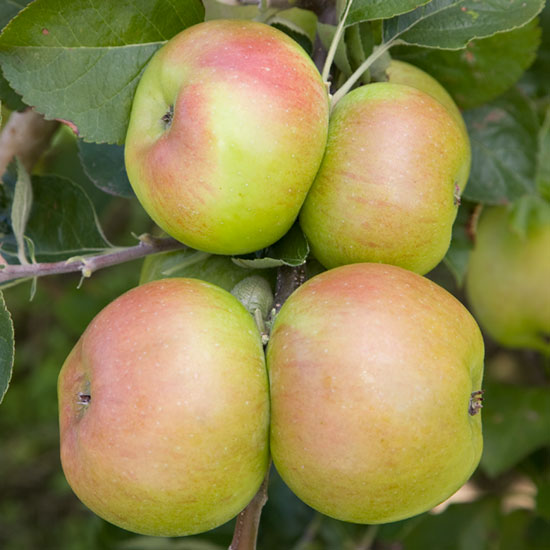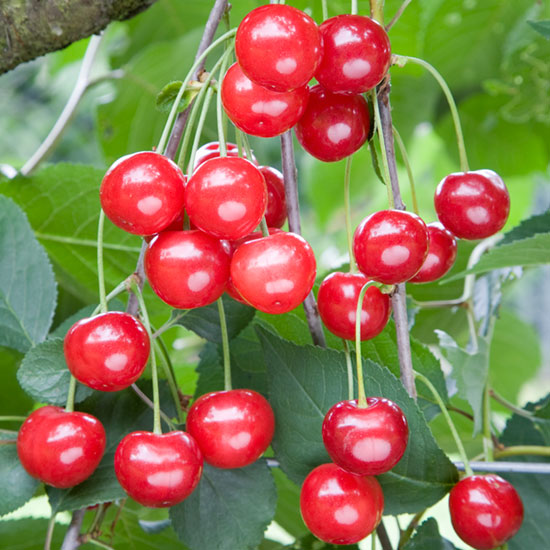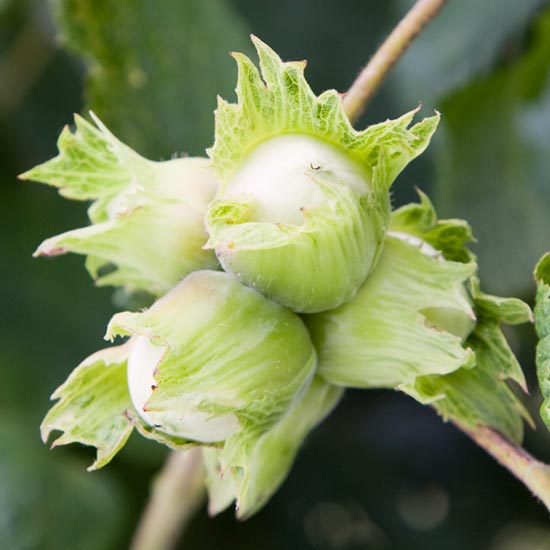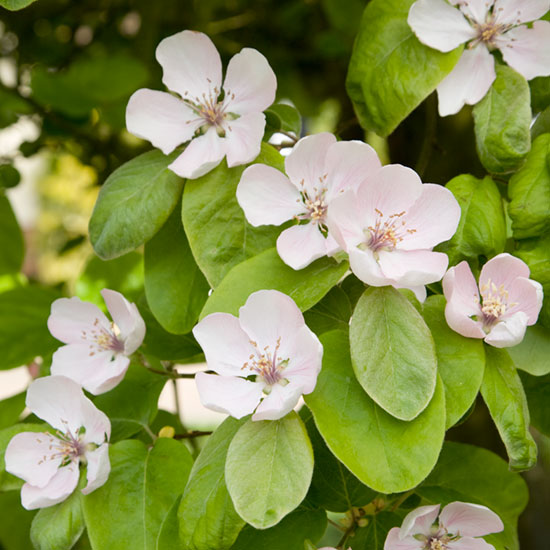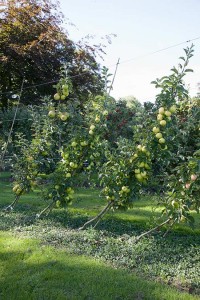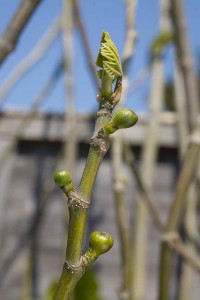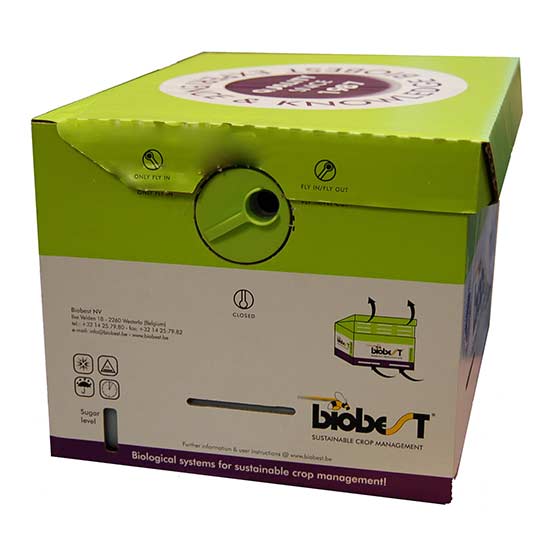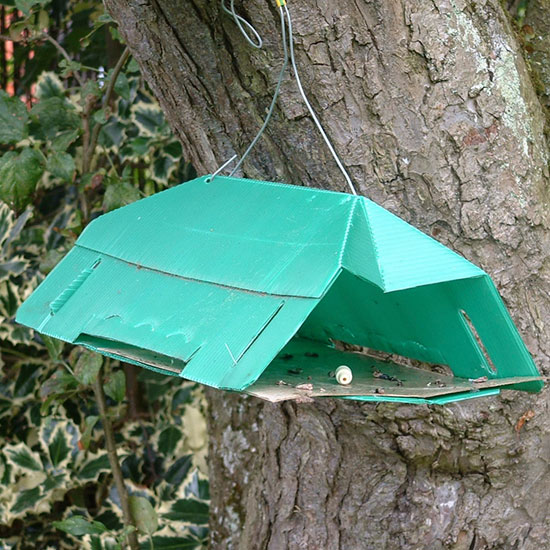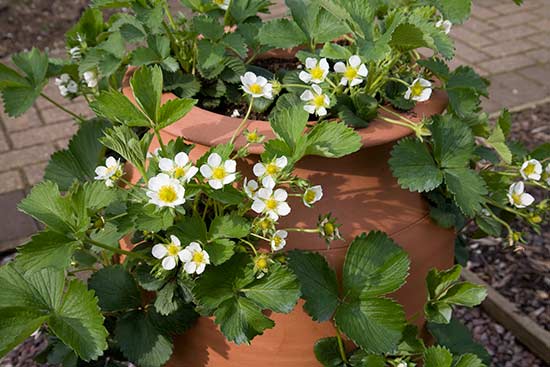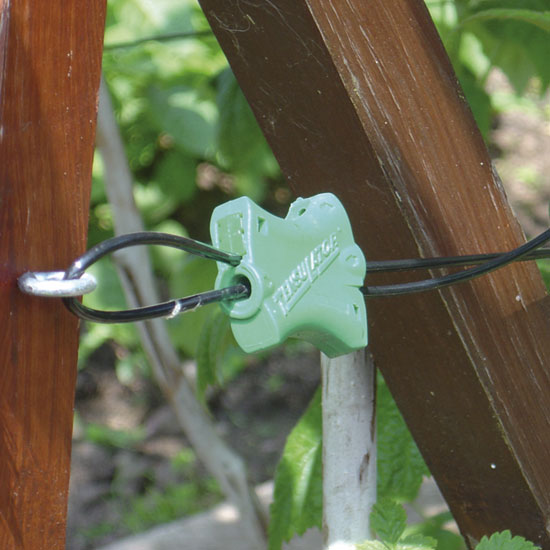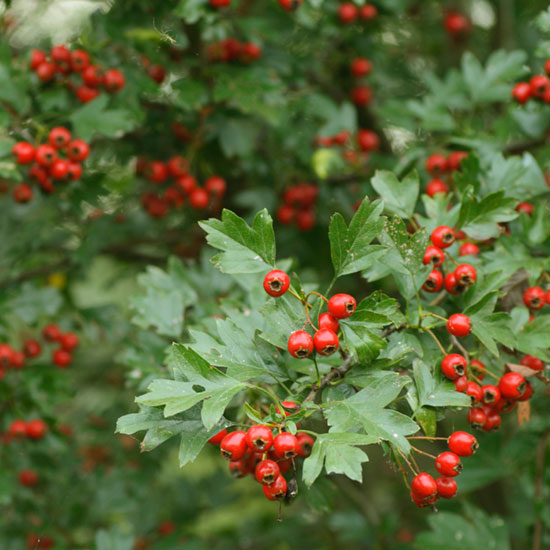Apples & Pears: Growing Guide, History & Recipe
Apples and pears are two of the best loved fruits, and they are probably the easiest fruit trees to grow. This has made them a favourite with gardeners along with the fact that only a handful of varieties are available in shops. Gardeners have a much wider range of cultivars to choose from (there are literally hundreds of known varieties) so there is a world of flavours out there to grow and taste. There are also lots of hidden gems with their origins rooted back in our nation’s rich heritage waiting to be discovered. Continue reading

